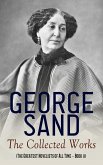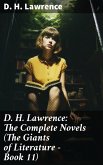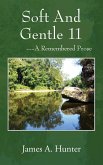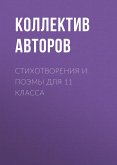Text translated into modern English from Anglo-Saxon, 7th to 10th century A.D. This file contains translations from the Anglo-Saxon of the following works: "Genesis A", "Genesis B", "Exodus", "Daniel", and "Christ and Satan". All are works found in the manuscript of Anglo-Saxon verse known as "Junius 11." These works were originally written in Anglo-Saxon, sometime between the 7th and 10th Centuries A.D. Although sometimes ascribed to the poet Caedmon (fl. late 7th Century), it is generally thought that these poems do not represent the work of one single poet. The Junius manuscript is one of the four major codices of Old English literature. Written in the 10th century, it contains poetry dealing with Biblical subjects in Old English, the vernacular language of Anglo-Saxon England. Modern editors have determined that the manuscript is made of four poems, to which they have given the titles Genesis, Exodus, Daniel, and Christ and Satan. The identity of their author is unknown. For a long time, scholars believed them to be the work of Cædmon, accordingly calling the book the Cædmon manuscript. This theory has been discarded due to the significant differences between the poems. The manuscript owes its current designation to the Anglo-Dutch scholar Franciscus Junius, who was the first to edit its contents and who bequeathed it to Oxford University. It is kept in the Bodleian Library under shelfmark MS Junius 11. Contents Genesis (I-IV) Genesis B (IV-XIV) Exodus (XLII-XLIX) Daniel (L-LV) Christ and Satan (I-VII) The Harrowing of Hell (VIII-XII) The Temptation.









